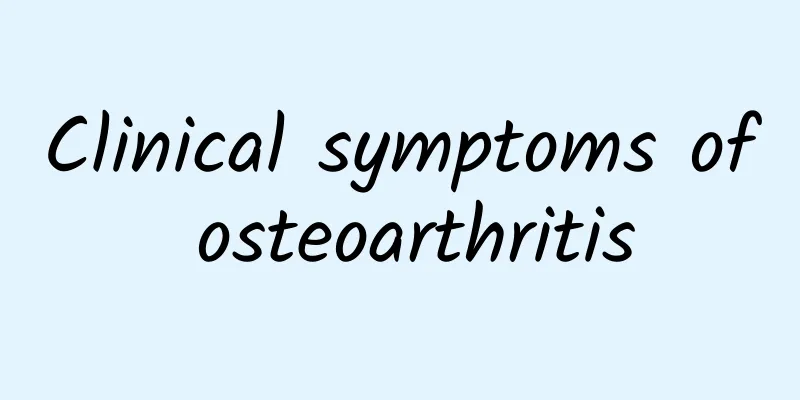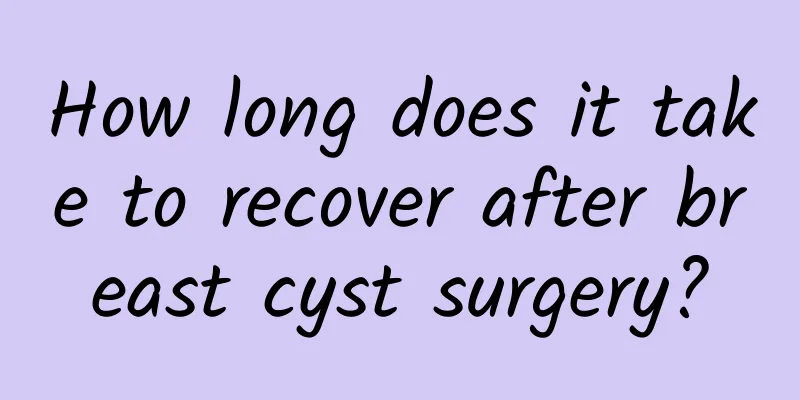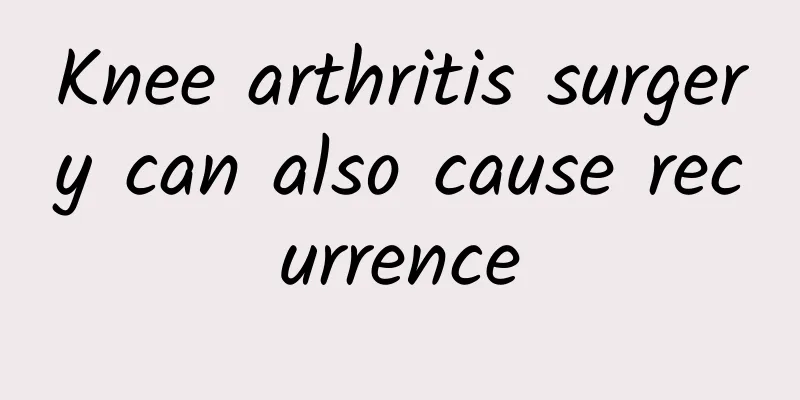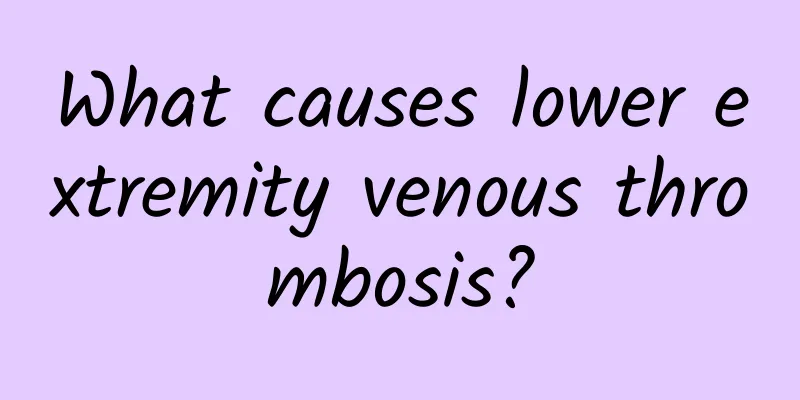Gallstones symptoms and diagnosis

|
Gallstones are a common digestive system disease, and their main symptoms include right upper abdominal pain, nausea and vomiting, and fever. If you experience similar symptoms, you should go to the hospital for diagnosis and treatment as soon as possible to prevent the condition from getting worse. The diagnosis of gallstones mainly relies on imaging examinations, such as B-ultrasound, CT, and magnetic resonance imaging (MRI), which can accurately determine the size, location, and number of gallstones, thereby helping to formulate a treatment plan. 1. Symptoms of gallstones Symptoms of gallstones vary depending on the size, number, and location of the stones. The following are common symptoms: Right upper abdominal colic: The most typical symptom, often occurring after eating a high-fat meal, the pain may radiate to the right shoulder or back. Nausea and vomiting: Obstruction or inflammation of the bile duct may cause indigestion, accompanied by nausea, vomiting and other discomforts. Fever and chills: If gallstones lead to cholecystitis or bile duct infection, people may have symptoms of infection such as fever and chills. Jaundice: When gallstones cause bile duct obstruction, bile cannot be excreted normally, resulting in yellowing of the skin and sclera. Indigestion: Some patients may experience mild gastrointestinal symptoms such as bloating, belching, and diarrhea. Patients with severe right upper abdominal pain or symptoms such as jaundice and fever should seek medical attention immediately to avoid serious complications such as gallbladder perforation and bile tract infection. 2. Diagnosis of gallstones The diagnosis of gallstones relies on a variety of methods, including the following: 1. Abdominal ultrasound examination (B-ultrasound): B-ultrasound is the preferred method for diagnosing gallstones, which is non-invasive, fast and low-cost. It can clearly show the stones in the gallbladder and bile duct and is suitable for most patients. Applicable population: patients with suspected gallstones or asymptomatic gallstones. 2.Computed Tomography (CT): CT can accurately assess the size and number of gallbladder and bile duct stones, and is especially valuable for some complex cases (such as combined pancreatitis and extrahepatic bile duct stones). Applicable population: patients with complex symptoms or suspected other complications. 3. Magnetic resonance cholangiopancreatography (MRCP): MRCP is a noninvasive magnetic resonance imaging technique that can demonstrate the detailed structure of the bile duct and pancreatic duct and is particularly useful for evaluating patients with common bile duct stones or suspected bile duct strictures. Applicable population: patients who need further clarification of common bile duct stones or combined biliary abnormalities. 3. Self-management and treatment advice For patients diagnosed with gallstones, treatment options depend on stone size, symptoms, and complications: 1. Drug treatment: It is suitable for patients with no symptoms or mild symptoms. Ursodeoxycholic acid (UDCA) can be taken to dissolve small cholesterol stones, but the efficacy is limited and needs to be taken for a long time. 2. Surgical treatment: Laparoscopic cholecystectomy: Currently the most commonly used surgical method, it is minimally invasive and has a quick recovery, and is suitable for most patients with symptomatic gallstones. Endoscopic retrograde cholangiopancreatography (ERCP): Indicated for the treatment of common bile duct stones, combined with surgery or used alone. Traditional laparotomy: This approach should be considered for complex cases or patients with severe infection. 3. Diet and lifestyle adjustments: Low-fat diet: Avoid high-fat, high-cholesterol foods, such as fried foods, animal offal, etc. Exercise moderately: Maintain regular physical activity to avoid obesity. Drink plenty of water: promotes bile flow and reduces the risk of stone formation. 4. When do you need medical attention? If you experience severe pain in the right upper abdomen, jaundice, persistent fever, or indigestion, you should seek medical attention immediately. Asymptomatic gallstone patients should also undergo regular physical examinations to prevent the disease from developing. Humanistic care and tips Although gallstones are common, they can be effectively prevented and controlled through a healthy lifestyle. Maintaining a regular diet, controlling weight, and avoiding high-fat intake are all important measures to reduce the risk of disease. If gallstones have been diagnosed, actively cooperating with your doctor to develop a personalized treatment plan is the key to improving your quality of life. Remember, early detection and treatment can avoid more complications and make healthy living possible! |
<<: How long after surgery can I take a bath?
>>: Folk remedies for perianal abscess
Recommend
Can't drink soy milk if you have breast cyst?
People with breast cysts do not necessarily have ...
What is the cause of high indirect bilirubin?
High indirect bilirubin may mean that there is so...
How to deal with burns? 5 care methods to make burns no longer a problem (2)
How to deal with burns? First aid measures for bu...
Do I need surgery if I have gallstones for many years without any symptoms?
Gallstones that have been asymptomatic for many y...
Lumbar disc herniation self-diagnosis
The occurrence of lumbar disc herniation is relat...
Can costochondritis cause back pain?
Costochondritis can cause back pain, especially i...
How to exercise after thigh comminuted fracture recovery
How to exercise to recover from a comminuted thig...
Can CT scan show bone fractures?
CT can clearly show bone fractures and is one of ...
Symptoms of adenovirus infection
The most common symptoms of an adenovirus infecti...
Can hallux valgus surgery be cured?
Hallux valgus surgery is currently an effective m...
What are the traditional Chinese medicine treatments for breast cysts?
Breast cysts are common benign lesions, but if th...
What is Guillain-Paris syndrome?
Guillain-Paris syndrome, the name sounds a bit li...
What to eat for gallbladder stones and high blood lipids
Treatment of gallstones and high blood lipids req...
What medicine should I take for leg pain caused by lumbar disc herniation compressing nerves?
What medicine should I take for leg pain caused b...
Will insufficient blood supply to the heart lead to sudden death?
It is true that insufficient blood flow to the he...









